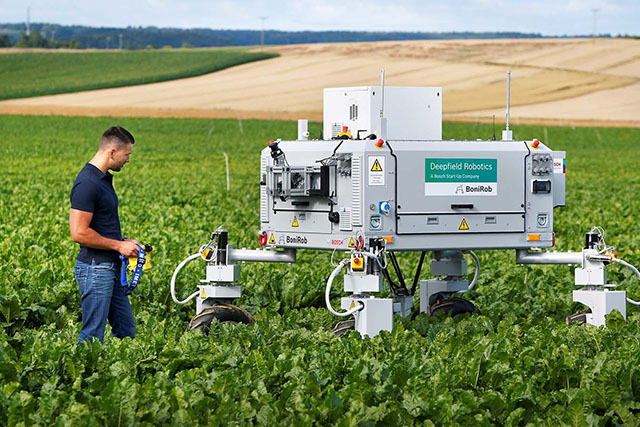
Last week I opened a discussion about responsibility in technological innovation, and this week I would like to have a look at some (free to access) literature on the subject from a few different perspectives.
SELF DRIVING CARS
There are a couple of really interesting documents to begin with. The journal Glocalism has an article written by Jack Stilgoe about his experiences of test driving a Tesla and his thoughts on the world that self driving technology might bring. Stilgoe is well known in this field, a university Professor who also writes for the Guardian newspaper he can communicate across the spectrum.
The abstract reads as follows: “In the last five years, investment and innovation in self-driving cars has accelerated dramatically. Automotive autonomy, once seen as impossible, is now sold as inevitable. Much of the governance discussion has centred on risk: will the cars be safer than their human-controlled counterparts? As with conventional cars, harder long-term questions relate to the future worlds that self-driving technologies might enable or even demand. The vision of an autonomous vehicle – able to navigate the world’s complexity using only its sensors and processors – on offer from companies like Tesla is intentionally misleading. So-called “autonomous” vehicles will depend upon webs of social and technical connectivity. For their purported benefits to be realized, infrastructures that were designed around humans will need to be upgraded in order to become machine-readable. It is vital to anticipate the politics of self-driving worlds in order to avoid exacerbating the inequalities that have emerged around conventional cars. Rather than being dazzled by the Tesla view, policymakers should start seeing like a city, from multiple perspectives. Good governance for self-driving cars means democratizing experimentation and creating genuine collaboration between companies and local governments.”
You can read his piece online or download it for free here.
Another document that you might want to download for free is the Responsibility Driven Design for the Future Self-driving Society booklet from Fabio Besti and Francesco Samore.
This is a full colour picture book that addresses the role that design plays in the development of the technology and the way this development will change the world. This is a free 75 page downloadable booklet divided into various sections that includes a section on workshops held as part of a university course and that raises a lot of questions about what the future of autonomous mobility will look like, the claims made by those who promote the idea, and examples of projects already underway. I myself wrote the conclusion.
FOOD
I also have another free to access co-authored article in the journal Glocalism about food procurement that is in many ways related to the photo I used on last week’s post. The question raised in this article is about sustainability and choices made over what food we buy. Is it more responsible to try to buy local produce than imported foods? This is also free to download here.
ENGINEERING
IEEE Spectrum is the blog attached to one the largest engineering journals in the world, and you can find an overview blog post on responsible innovation here.
This post again raises the issue of engineering responsibility and by extension engineers’ responsibility in the innovation process.
CRITIQUE
As we might imagine all of the above is not entirely unproblematic, as this post on the University of Nottingham blog demonstrates. This is quite an old article as it comes from 2014 and time moves quickly in such a rapidly developing field, but it raises lots of interesting and fundamental questions that we are still battling with today.
Next week I will introduce the European Union perspective and take a look at some of their documents, reports and projects.

